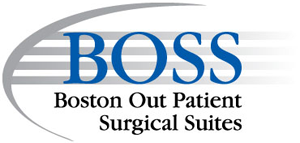Arthritis
Arthritis Signs and Symptoms
Joint pain, stiffness or reduced mobility can be signs of arthritis. Most arthritis causes pain and swelling in the joints. Over time, swollen joints can become severely damaged. Certain types of arthritis can also cause problems in the organs, like the eyes or skin. Osteoarthritis is related to aging or injury. Rheumatoid arthritis can occur when the immune system, which is supposed to protect the body from infection, attacks its own tissues.
Arthritis Treatment and Procedures
The priority in arthritis treatment is to reduce pain and prevent additional joint damage. Arthritis treatment is designed to improve quality of life and can include options such as medication, physical therapy or surgery. Lifestyle changes can also help lessen arthritis pain. If left untreated, arthritis can leave you with permanent widespread pain and discomfort.
For certain cases of arthritis, joint arthroscopy can be performed on the knee, shoulder, wrist and ankle. During the procedure, the surgeon will examine and likely repair the problem with the help of an arthroscope, which is a small camera attached to a video monitor. Surgery generally lasts about 30 minutes, with an approximately two-hour recovery period before the patient is discharged and released.
Joint arthroscopy is a low-risk procedure. Before the procedure, patients are administered either a local, regional or general anesthesia. The surgeon makes a small incision over the surgical site to insert the arthroscope, makes additional cuts to insert the surgical tools, and then surgically repairs the joint.
Arthritis Prevention
There are ways to help prevent arthritis. The Centers for Disease Control and Prevention recommends:
- Maintaining ideal weight
- Taking precautions to reduce repetitive joint use and injury on the job
- Avoiding sports injuries by warming up before activity
- Strengthening muscles through weight-bearing exercise
- Choosing appropriate sports equipment
Rehabilitation
Each patient’s rehabilitation program will be different, but the purpose of rehabilitation is to improve the strength and flexibility of the joint, recover from joint surgery and maintain a range of motion. Patients can expect to follow any combination of rest, stretching, strength training, pool therapy, exercise and joint stabilization.
